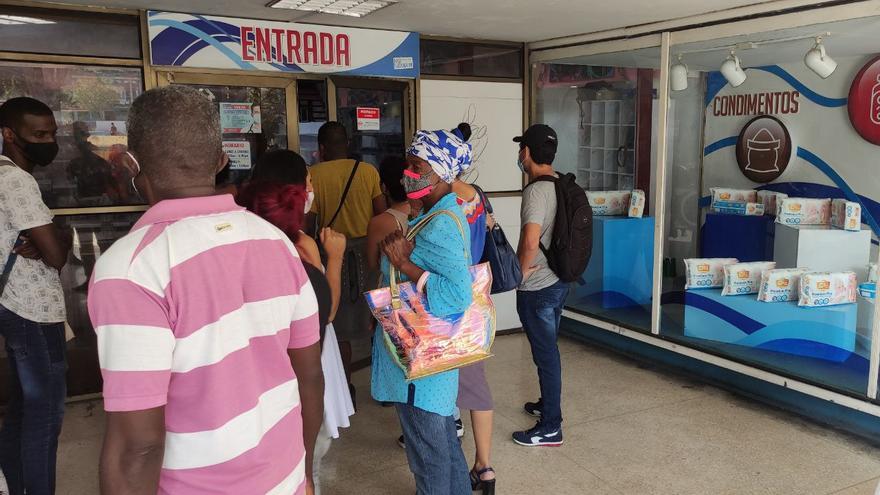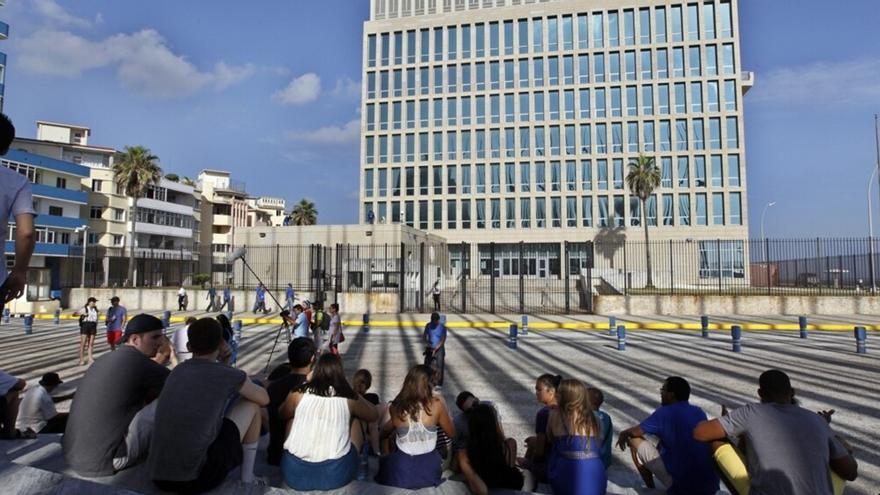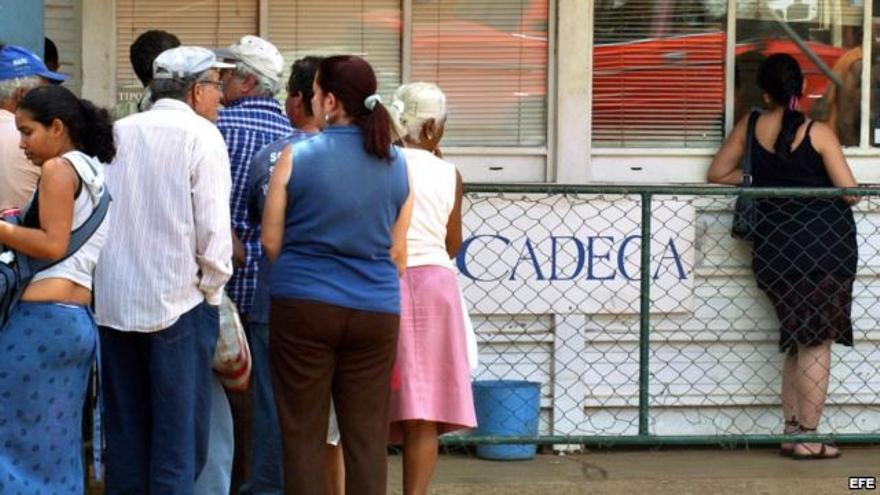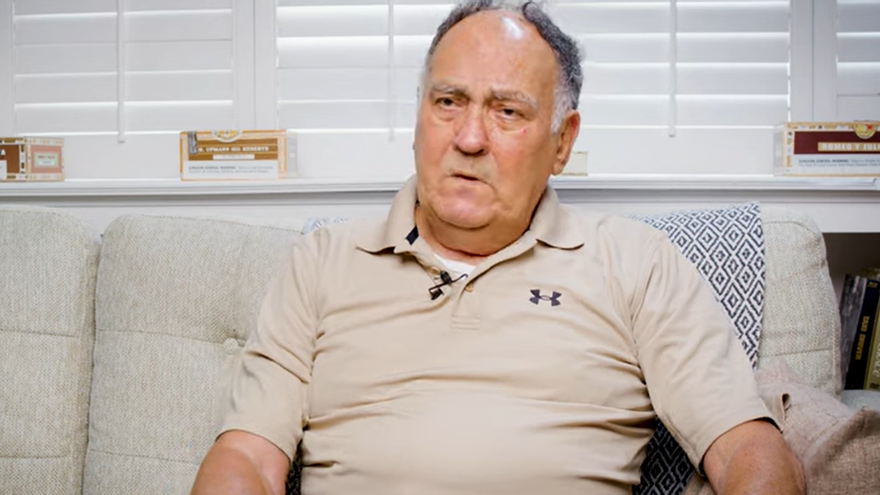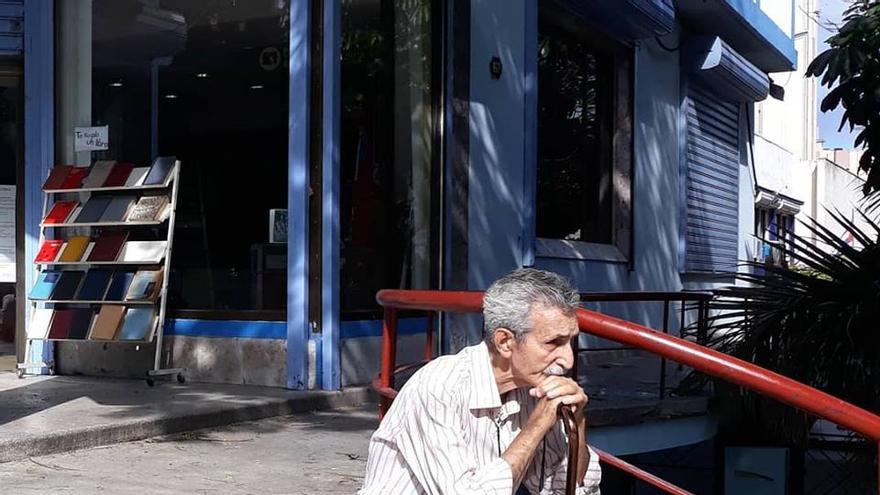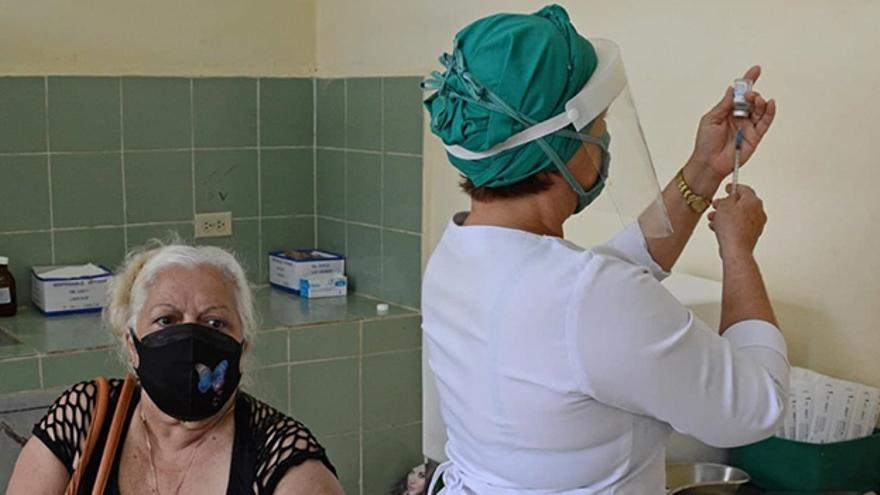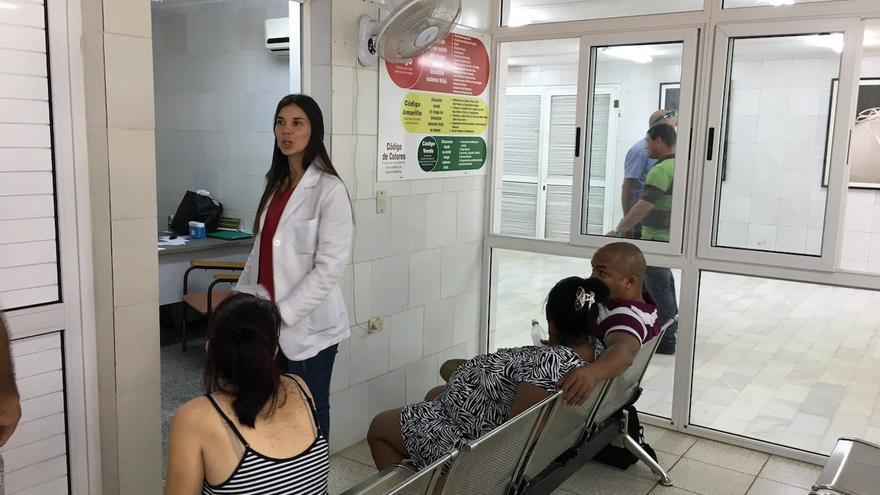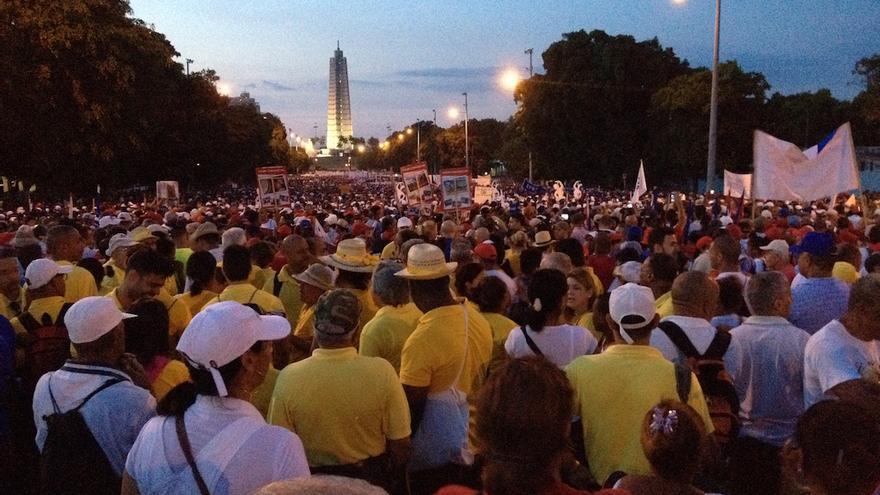
![]() 14ymedio, Macarena Soto, Madrid, 16 April 2022 — Madrid has become, in recent months, a place of “refuge” for Cuban, Venezuelan and Nicaraguan dissidents who have found other opponents in the Spanish capital and another tone from which to raise their voices against the governments of their countries.
14ymedio, Macarena Soto, Madrid, 16 April 2022 — Madrid has become, in recent months, a place of “refuge” for Cuban, Venezuelan and Nicaraguan dissidents who have found other opponents in the Spanish capital and another tone from which to raise their voices against the governments of their countries.
Ever since Venezuelan opponents such as businessman Leopoldo López Gil, currently a Member of the European Parliament (MEP), and the former mayor of Caracas, Antonio Ledezma, arrived in Spain, there has been a constant trickle of personalities who have chosen the European country to live in “exile” from which to continue with their struggle.
“I first went to the United States because I have a family and I had businesses, but leaving is very difficult, one needs a certain social blanket, human warmth, and I couldn’t get it in California,” López Gil told EFE.
During a visit to Barcelona, he realized that Spain would offer him a better welcome: “the human interest in our case was infinite compared to that of the United States, so I began to stay here and immediately gained friendships and great support.”
For the writer Gioconda Belli, who after visiting her daughter in the United States was unable to return to Nicaragua, Spain has been “that embrace of solidarity” that every migrant wants to find upon arrival in a foreign country. continue reading
“Here we speak our language, Spain has a very positive attitude in relation to certain people in Latin American exile, we have found that embrace of solidarity and that means everything when you have to leave your country,” she told EFE.
Belli is taking her period of “exile” as a “job for Nicaragua” to demand the freedom of political prisoners.
“Leaving your country is one of the most difficult things a human being goes through, leaving your way of life, you need so much emotional support to recover and not fall apart,” analyzes the writer, who defends that this wave of migration of dissidents will be “a contribution to Spain.”
Her compatriot and former vice president of Nicaragua, Sergio Ramírez, expresses himself along the same lines, finding that, even in times of the Spanish dictatorship, Madrid was a refuge.
“Like Paris, they have been two recurrent destinations for Latin American writers, and the waves of exile that occur very often in Latin America often end up in Madrid. Now we meet here many writers, artists, academics, students, workers who, due to economic hardship, come looking for work,” he adds.
For former Caracas Mayor Antonio Ledezma, these opponents are emigrating to Spain because there is an “indissoluble link” with Latin America and he defends that migrations generate “the mixture of races” that defines the region.
“I am the son of an Italian immigrant from the south who arrived in Venezuela and his first job was selling ice cream, thus, this is a reunion with the ancestors,” he says about his arrival in Europe.
The historical threads between Spain and Latin America also offer more favorable legal conditions for the stays of Latin Americans in European territory than those received by citizens of other regions.
This is echoed by Ledezma, who recalls that this is another of the reasons why Venezuelans settle in Spain, and are the most numerous Latin American nationality present in the country.
Spain has also opened the door to citizens with dual nationality who have fled their countries due to the current political situation, such as the Cubans Carolina Barrero and Liliana Hernández.
Those without dual citizenship also find other incentives, such as the Cuban playwright Yunior García Aguilera, one of the promoters of the peaceful marches against the Cuban government, who indicates that in his case he chose Madrid for its relationship with culture.
García believes that Miami, in the minds of Cubans, is a place “to prosper economically” and those who have more to do “with thought, choose Madrid.”
In addition, he analyzes the Cuban opposition in Miami and believes that it is “seen by the regime’s propaganda as a more resentful opposition, with a harsher discourse.”
“Obviously, many Cubans live in Miami who lost everything they had or risked their lives to get there; those who lived through the worst of the dictatorship and have another pain that translates into resentment,” he says.
Despite this, he believes that the “pain” of the exiles in Spain “is not less”: “Sometimes it might seem that they have less pain and less resentment, but when one digs deeper one realizes that there is the same pain wherever they are, although perhaps from here the speech has been less rabid.”
*Translator’s note: See link for 15N (15 November) protests in Cuba
____________
COLLABORATE WITH OUR WORK: The 14ymedio team is committed to practicing serious journalism that reflects Cuba’s reality in all its depth. Thank you for joining us on this long journey. We invite you to continue supporting us by becoming a member of 14ymedio now. Together we can continue transforming journalism in Cuba.




